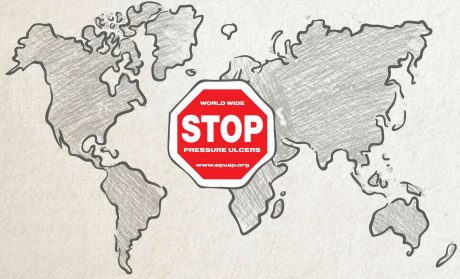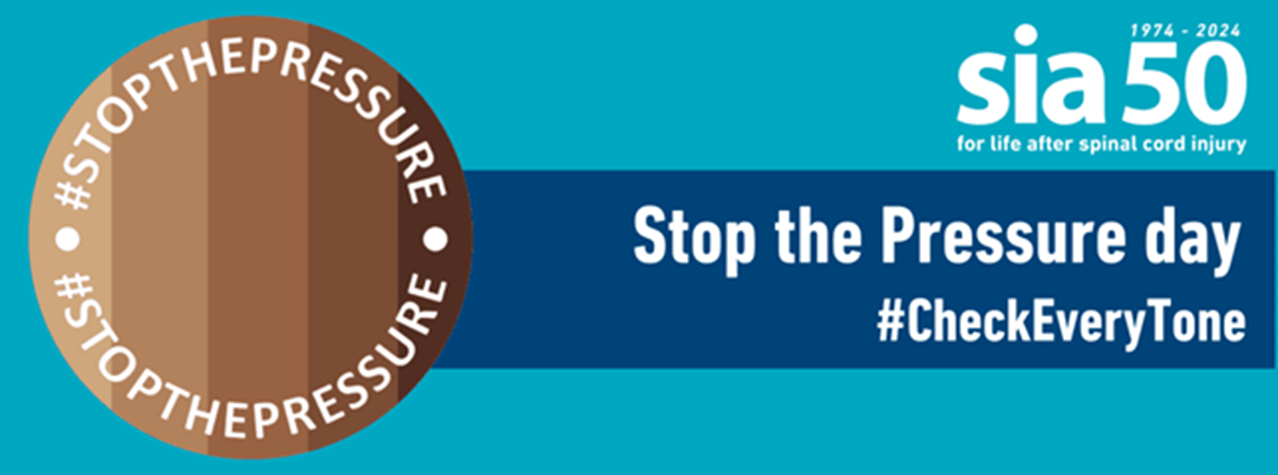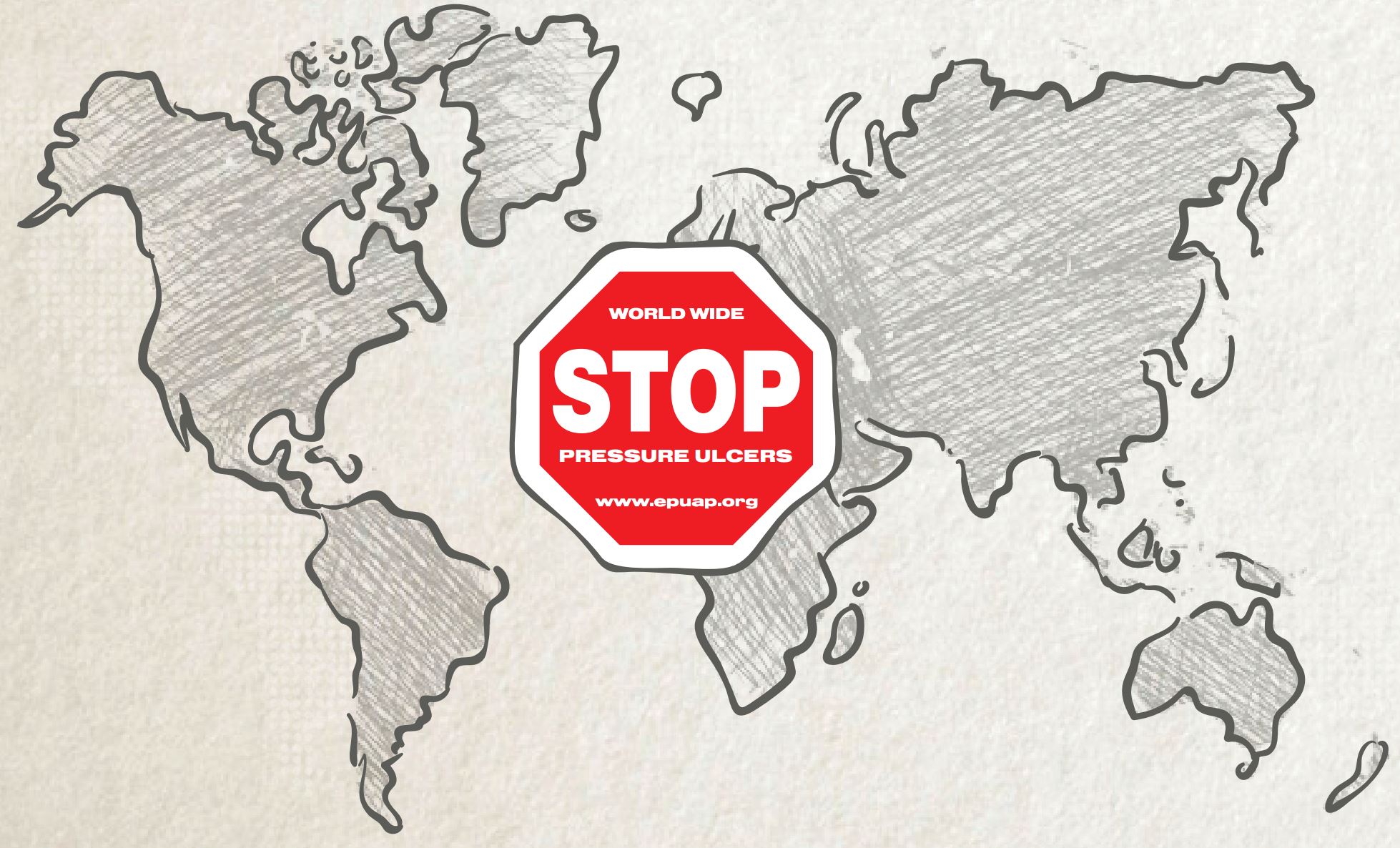Stop the Pressure Day is an annual global event which was established to raise public awareness, educate healthcare providers and promote better practices in preventing the injuries that can result from pressure ulcers. The Spinal Injuries Association (SIA) leads an annual campaign to promote Stop the Pressure Day, as pressure ulcers are among the potential serious complications of spinal cord injury.
To mark Stop the Pressure Day 2024, paralegal Razika Vijayabarathy explains why pressure ulcers are so serious, how to spot them and what can be done to raise awareness.
What are pressure ulcers?
Pressure ulcers, which may also be known as bedsores or pressure injuries, are a localised injury on the body. They develop where there is prolonged pressure on an area, which restricts blood flow and compression of blood vessels. Without adequate supply of oxygen and nutrient to the area, a breakdown of the skin and underlying tissues follows.
People most typically find pressure ulcers develop over bony areas of the body where the pressure is highest, such as the tailbone and buttocks, hips, heels, and ankles. Individuals with limited mobility, confined to beds or using wheelchairs for extended periods are at a higher risk to pressure ulcers. Repetition of rubbing the skin against another surface, such as a wheelchair or when transferring between hospital beds, can also make the individual more susceptible to the injury. If proper intervention is not carried out, pressure ulcers can lead to more severe complications including chronic wounds, infections, and even life-threatening conditions such as sepsis.
There are many early signs of pressure ulcers, and they often appear before the skin breaks, but recognising the condition early is crucial to prevent it from worsening. The affected area may appear red in lighter skin tones, but it will not turn white when you press on it, and individuals with darker skin tones will find that the ulcers appear blue, purple or darker than the surrounding skin colour.
The area of the ulcer may feel either warmer or cooler, and firmer or softer than the surrounding area. The individual might experience pain or tenderness and a mild swelling may develop which shows signs of fluid buildup or inflammation. Another common sign of a pressure ulcer is that the skin may feel clammy or extremely dry. If early signs are noticed, it is important to seek medical advice and early treatment.
Pressure ulcers can often be found developing in patients in hospital or residents of care homes and so there can be a shared responsibility for those who require care. You can relieve the pressure by regularly re-positioning the individual, or you may reduce the pressure on the area by using cushions. It is essential to check all at-risk areas daily for those who are immobile and as moisture can exacerbate the skin, it is recommended to keep the area clean and dry. Inadequate nutrition and dehydration can also slow the ability for the area to heal.
The SIA and Stop the Pressure Day 2024
By staying informed, and taking preventive steps, we can ensure that this serious condition is avoided. It is the small actions such as repositioning someone or checking their skin which can make a difference and through early intervention, consistent care, the development of the pressure ulcer can be prevented.
International Stop the Pressure Day is an annual event to raise awareness of the impact of pressure ulcers. This year’s theme as promoted by the SIA is an added focus on inclusivity: pressure ulcers are not always visible on darker skin tones, and misdiagnosis is common.
Victoria Williams, senior associate in the Clinical Negligence team at Stewarts, comments: “Injuries resulting from pressure ulcers are often preventable with proper care and attention. It is crucial that healthcare providers adhere to the highest standards of patient care to prevent the occurrence of pressure ulcers, and diagnose them quickly where they do arise. Understanding how early warning signs differ based on skin tone is an essential part of this. We are proud to support the SIA’s work to campaign for change and Stop the Pressure.”
In 2023 we spoke to tissue viability nurse Cathie Bree-Aslan about what pressure ulcers are, how they can develop and their consequences for patients. Read the full interview here.
You can find further information regarding our expertise, experience and team on our Personal Injury and page.
If you require assistance from our team, please contact us.
Subscribe – In order to receive our news straight to your inbox, subscribe here. Our newsletters are sent no more than once a month.





